This thing is awesome for old school ambient.
It's like an all-in-one modular system with everything you need to make awesome modular sound.
Great and very fun for sound design but quite involved for musical uses.
It's a clone of an ARP 2600, but I actually like it more than the official one.
I can't say if it has a 100% accurate reproduction of the original ARP 2600 oscillator sounds, but I honestly don't care.
Some videos show the Behringer sounding identical to the ARP, others sound clearly different. I think that it may come to each individual unit in the end (of both the ARP and the Behringer), and you can calibrate the Behringer yourself using a multi-meter and an oscilloscope if you are in search of absolute accuracy, since there are screws for that accessible from the front (no disassembly required) and the software guides you through the process.
I can however attest that the "feel" of the generated sounds is the same though.
You get that unmistakably very old school synth sound I personally love.
Compared to other modern clones, the Behringer has the advantage of having an added LFO and portamento feature built-in (which on the original was an add-on in the keyboard and is missing in the official modern ARP release!) and time multipliers for the ADSR envelopes.
That being said, you will need a chromatic tuner or another synth to tune it to by ear, because, out of the box, these ARP clones lack any way to visually know if they are in tune or not with other gear. It's like a classical instrument in that regard. And since temperature will make its pitch change (let it warm up for 30 minutes before use!), you will need to tune it each time you want to play it. So, yeah, get a chromatic tuner, you will need it. Korg makes very cheap ones. (a guitar tuner can work, if you already have one, but with a chromatic one you can tune each oscillator to a different note and makes chords)
The Blue Marvin and Grey Meany editions have better quality condensers for the filters (I don't really hear much of a difference but it's nice to have) and a real spring reverb instead of an emulated one on the black and orange edition.
Also, the LEDs in the front face are single color versus the black and orange edition's multicolored "Christmas tree" LEDs.
The spring reverb sounds very nice, although the emulated reverb on the black and orange sounds nice too, but they do sound different.
The real spring reverb sounds brighter and very reminiscent of the old days. (but keep in mind that back in the day, professional musicians didn't use the built-in ARP 2600 spring reverb for recordings, using instead much more expensive and big studio grade reverbs)
The real spring reverb is much noisier than the digital emulation though, so keep that in mind. (you can hear the hiss if you push it to the max)
I opted for the Blue Marvin over the others because of the better quality components, the real spring reverb (since I already have digital reverbs anyway) and because I like the blue and orange color scheme.
Is it worth the price difference against the Behringer 2600 black and orange?
Since it's not a big price difference, for me it is. But I don't think you are really missing much if you get the black and orange version instead, unless you really want the spring reverb over an emulation.
Against the Grey Meany though, the difference is only the color scheme.


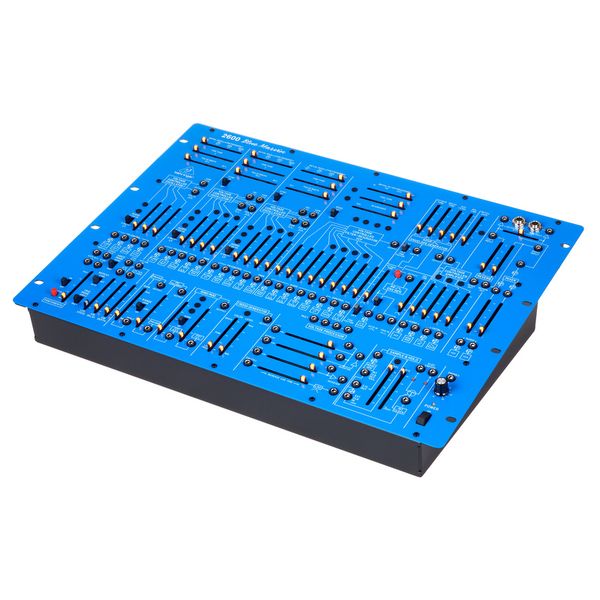
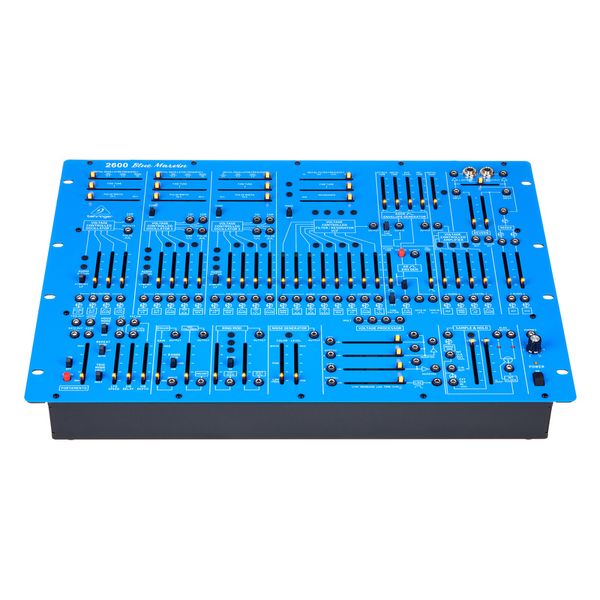
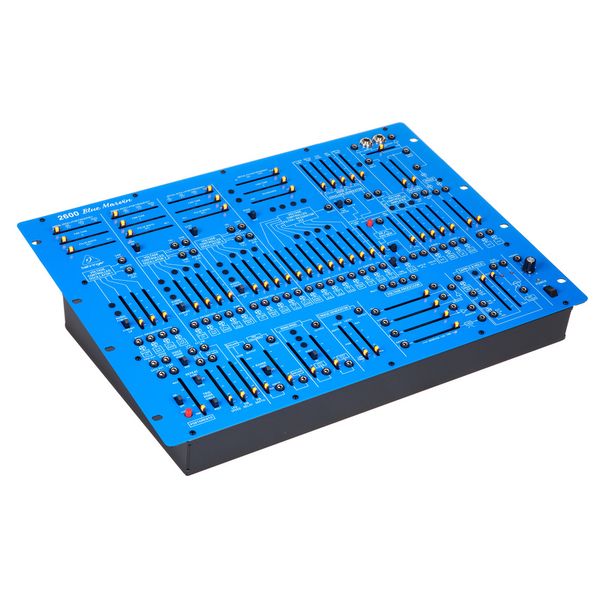
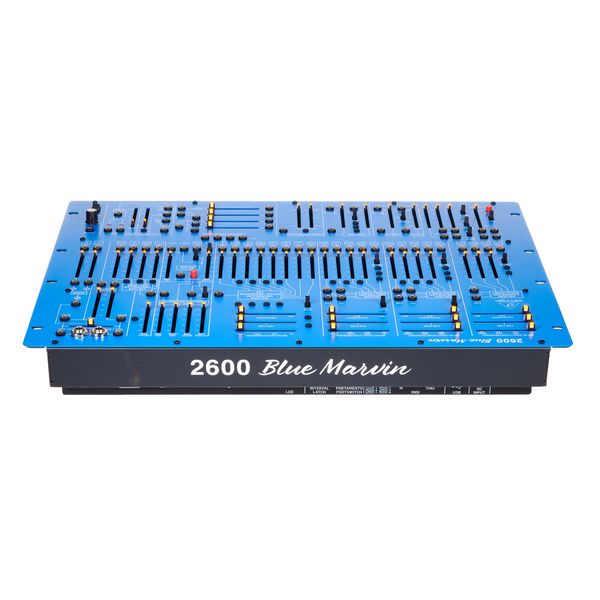
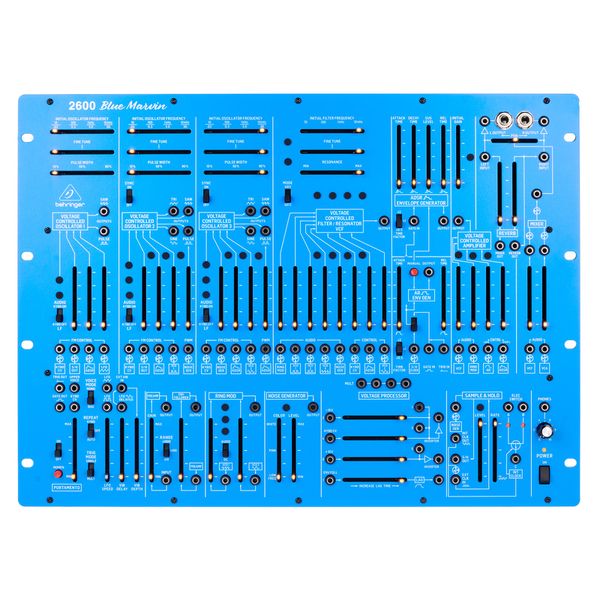
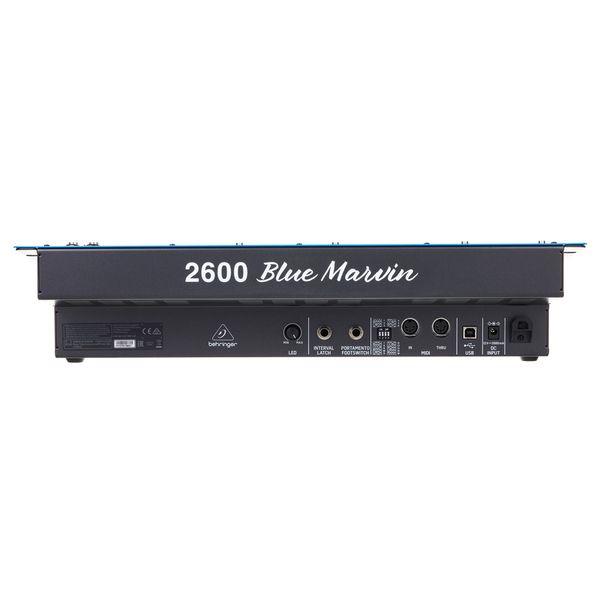
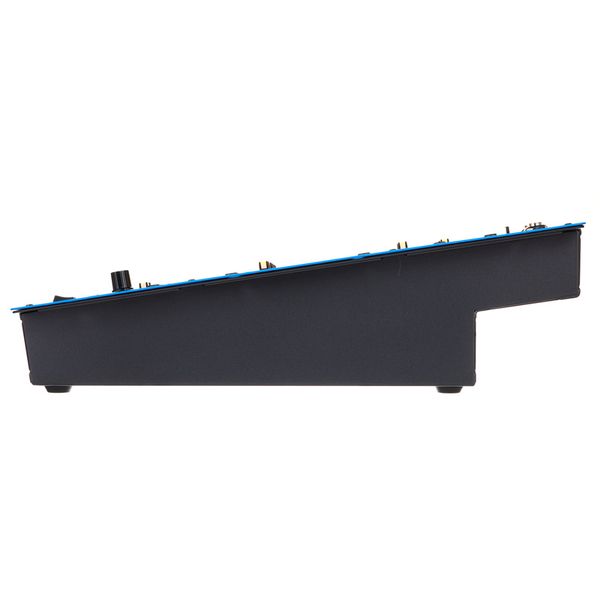
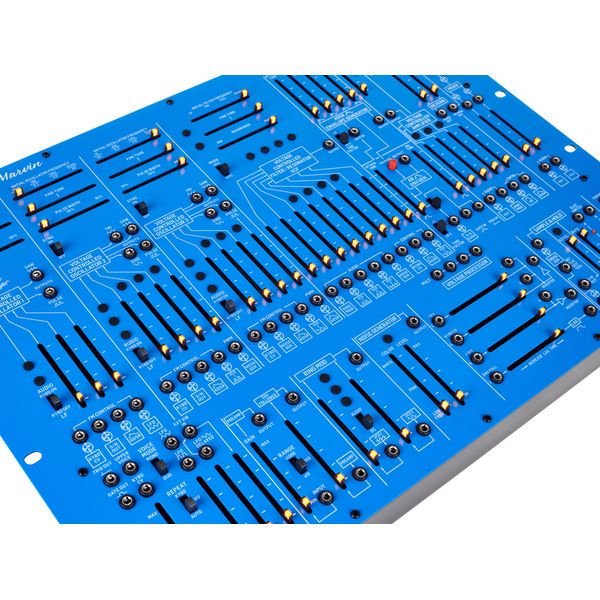
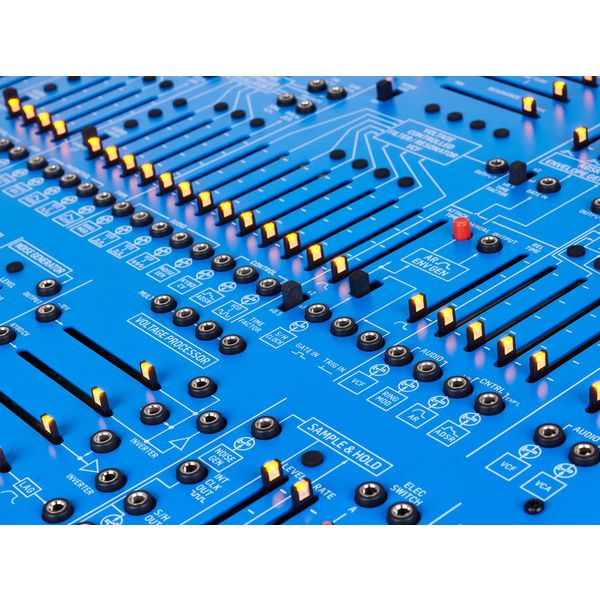
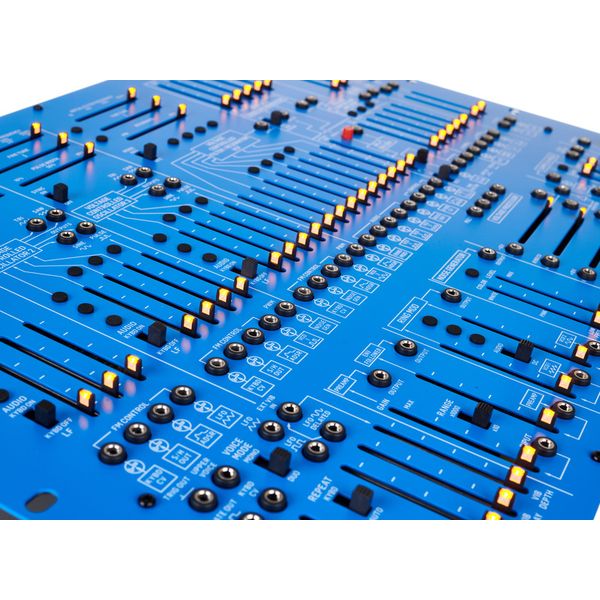
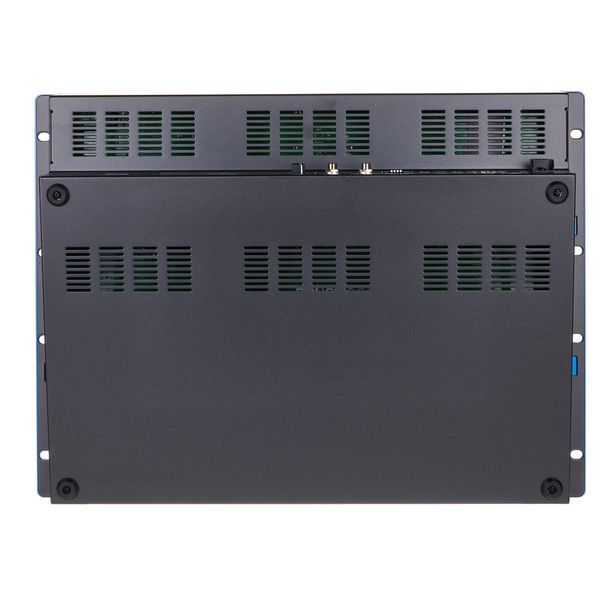
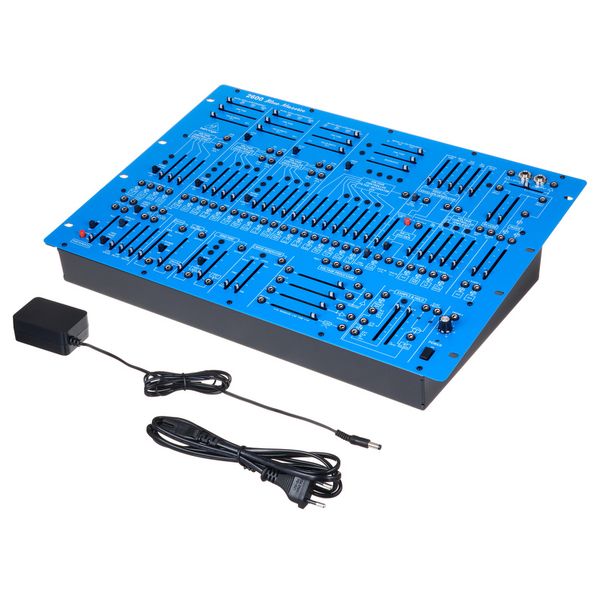













)
)
)
)

